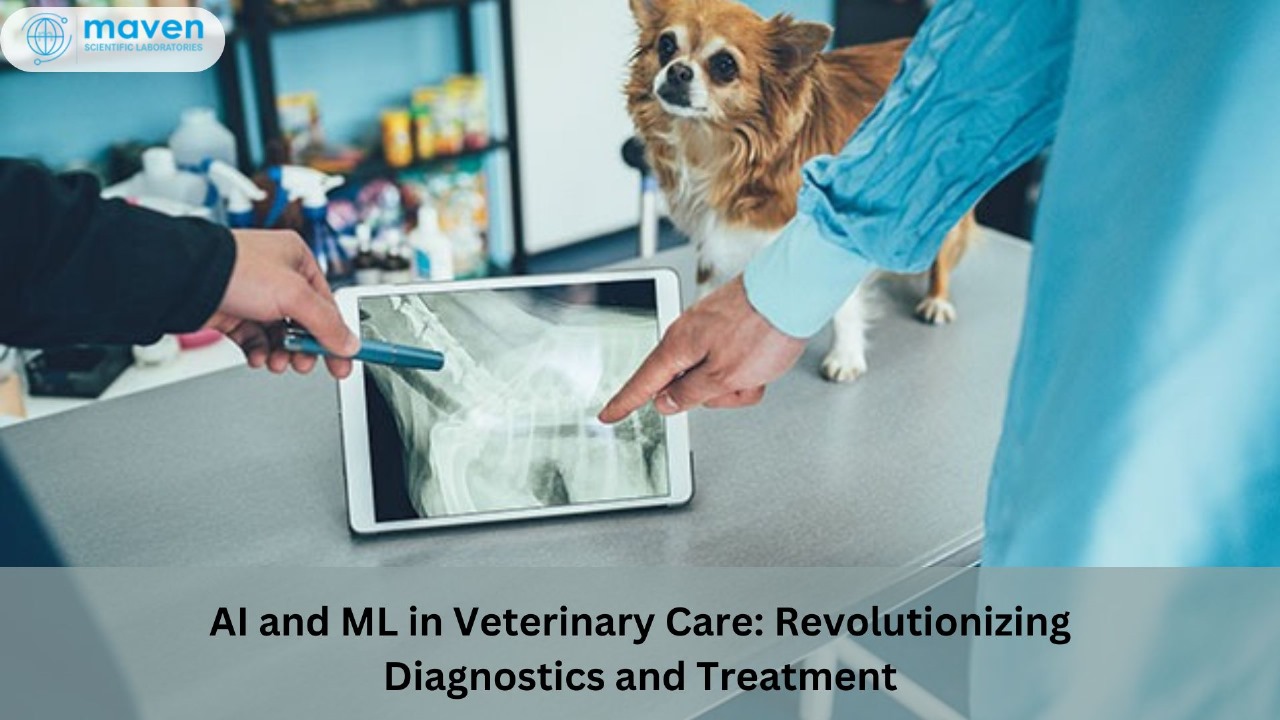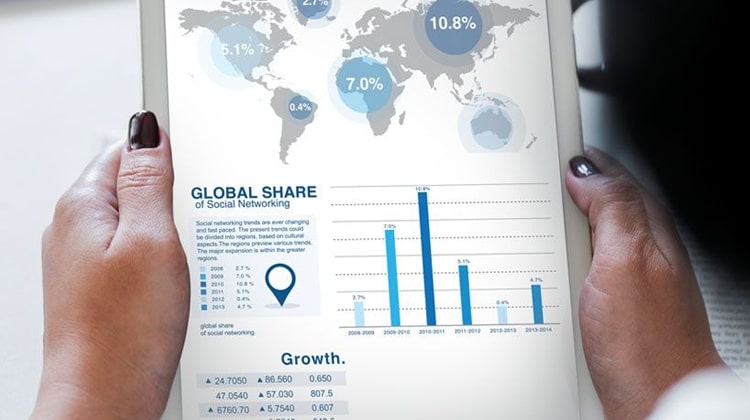
AI And ML In Veterinary Care: Revolutionizing Diagnostics And Treatment
As technology rapidly evolves, veterinary medicine is experiencing a paradigm shift. Artificial Intelligence (AI) and Machine Learning (ML) are revolutionizing diagnostics, offering unprecedented tools that enhance precision, efficiency, and the quality of care.
This blog explores how AI and ML are reshaping veterinary diagnostics, highlighting their upgraded applications, benefits, and challenges.
What Are AI and ML?
Artificial Intelligence (AI) refers to the simulation of human intelligence by machines, enabling them to learn from data, recognize patterns, and make decisions. Machine Learning (ML), a subset of AI, focuses on creating algorithms that improve automatically through data analysis.
In veterinary diagnostics, these technologies process complex medical data such as imaging scans, lab results, and patient histories, providing insights that traditional methods might miss.
Upgraded Applications of AI and ML in Veterinary Diagnostics
1. Advanced Imaging Diagnostics
AI has transformed imaging technologies like X-rays, CT scans, and MRIs. Beyond detecting abnormalities such as fractures or tumours, AI systems now offer enhanced capabilities such as:
- 3D Reconstruction: Creating detailed 3D images of internal structures for more accurate diagnostics.
- Disease Progression Analysis: Monitoring changes over time to predict disease progression.
2. Next-Generation Pathology
AI-powered pathology tools go beyond highlighting suspicious areas in tissue samples. Upgraded systems can:
- Diagnose complex and rare conditions with improved accuracy.
- Perform automated histopathology grading, saving time for pathologists.
- Predict treatment outcomes based on cellular-level analysis.
3. Predictive Health Analytics
Modern AI tools don’t just predict the likelihood of diseases like diabetes or hip dysplasia—they now factor in:
- Genomic Data: Identifying genetic predispositions to diseases.
- Behavioural Data: Analysing activity levels, diet, and environmental factors for holistic health predictions.
4. AI-Driven Lab Test Insights
From blood work to microbiology tests, upgraded AI algorithms provide:
- Comprehensive Data Correlation: Linking lab results to patient history for contextual analysis.
- Early Biomarker Detection: Identifying potential diseases at a preclinical stage.
5. Enhanced Telemedicine and Wearable Tech Integration
Wearable devices for pets now offer more than activity tracking. AI leverages data from these devices to:
- Monitor heart rate, sleep cycles, and stress levels in real time.
- Provide alerts for subtle health changes long before symptoms appear.
- Support telemedicine consultations by integrating device data for remote diagnostics.
6. AI in Drug Development and Clinical Trials
AI tools now assist in veterinary-specific drug discovery by:
- Simulating drug interactions and predicting efficacy in target species.
- Optimizing clinical trial designs for veterinary medicines, reducing costs and time.
Benefits of AI and ML in Veterinary Diagnostics
- Enhanced Diagnostic Accuracy: AI can analyse massive datasets, detecting patterns that might elude human observation.
- Time Efficiency: Faster analysis allows veterinarians to make timely decisions in critical situations.
- Personalized Care: Tailored treatment plans become possible with AI's ability to analyse individual animal data.
- Proactive Disease Management: Early detection and predictive analytics prevent diseases before they escalate.
- Bridging Expertise Gaps: AI tools enable veterinarians in remote areas to access cutting-edge diagnostic capabilities.
Challenges to Address
- Data Quality and Access: High-quality datasets are critical for reliable AI models, yet veterinary data often lacks standardization.
- Cost: Advanced AI tools may be financially out of reach for smaller practices.
- Trust and Ethics: Building confidence in AI’s accuracy and ensuring ethical data use remain significant hurdles.
- Regulatory Oversight: Veterinary AI tools must adhere to consistent regulations to gain wider acceptance.
Overcoming Challenges
- Standardized Data Sharing: Creating unified databases across veterinary institutions can improve AI training and reliability.
- Affordable AI Solutions: Cloud-based platforms and scalable pricing models can reduce barriers for small clinics.
- Transparency and Collaboration: Ensuring AI acts as a complementary tool to veterinarians will foster trust.
- Ethical Standards: Adopting clear guidelines for data privacy and AI usage ensures responsible implementation.
Conclusion
AI and Machine Learning are not just tools of the future they are transforming veterinary diagnostics today. From advanced imaging to real-time wearable monitoring, these technologies enhance diagnostic accuracy, enable early interventions, and support personalized care.
While challenges such as cost, data availability, and trust remain, solutions are emerging to make AI more accessible and reliable. By embracing these technologies, the veterinary field can achieve significant milestones in animal health care, ensuring healthier and happier lives for animals globally.
As the veterinary community continues to adopt and innovate with AI, it’s clear that this is only the beginning of a new era in diagnostics. The partnership between technology and veterinary expertise promises groundbreaking advancements that will redefine animal care.







